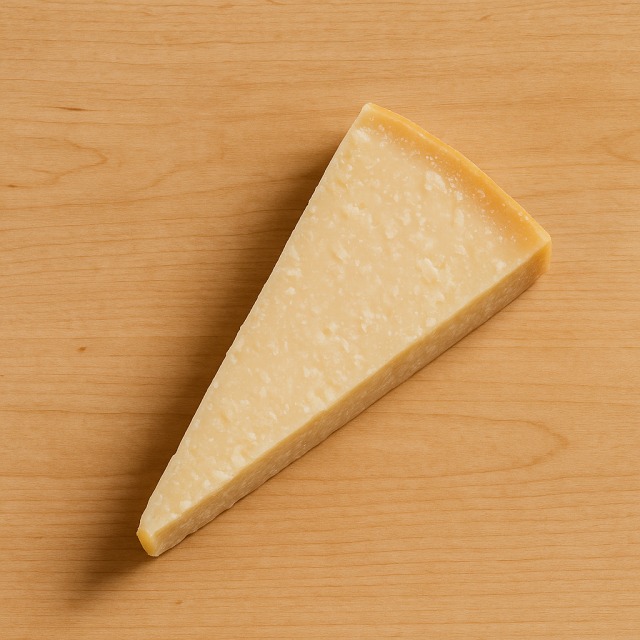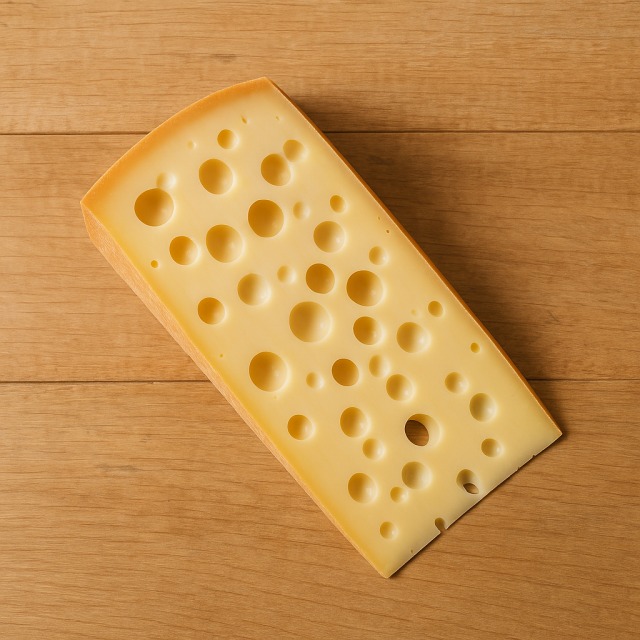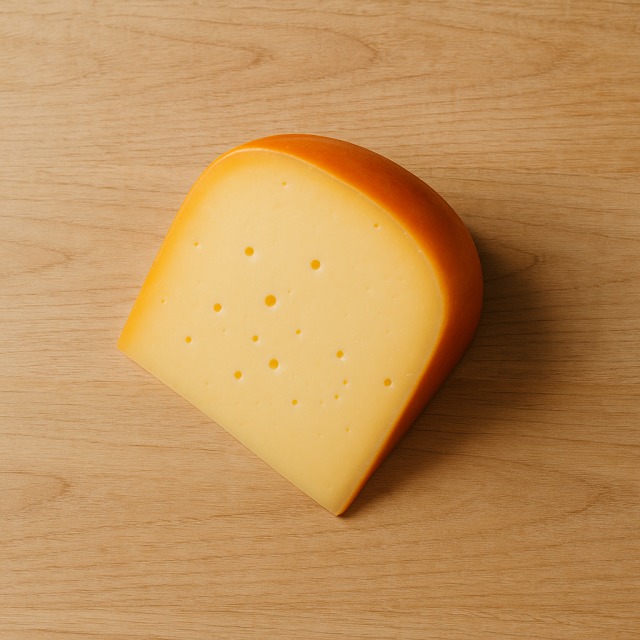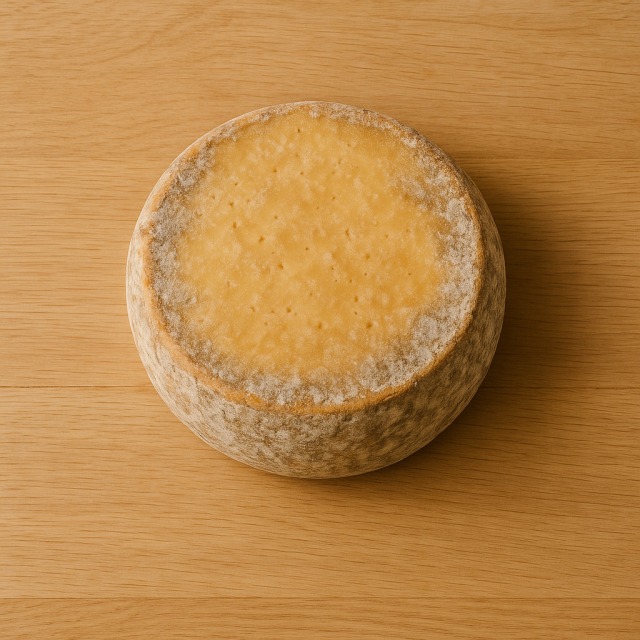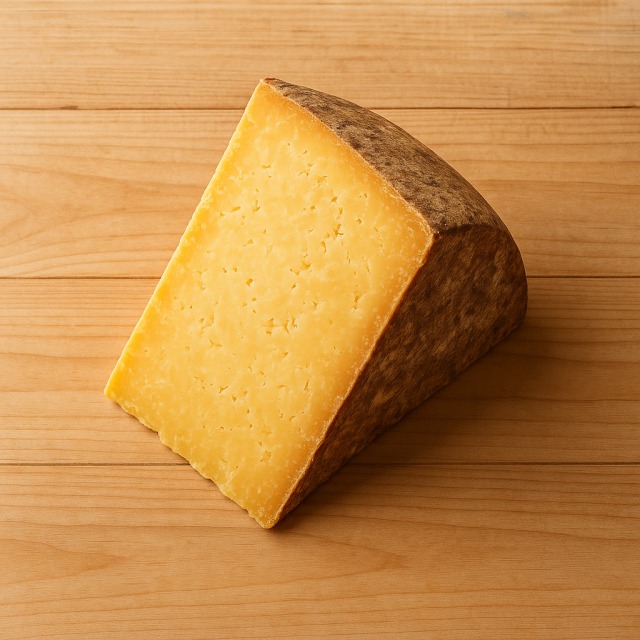Calorie Chart / Cheeses / Comté
How Many Calories Are in Comté?
Calculation of the nutritional value & Recommended Dietary Intake of comté
For g and a calorie requirement of kcal
| Calories 160 kcal | Proteins 12 g | Lipids 12 g | Carbohydrates 0 g |
| 8% | 16% | 18% | 0% |
Health benefits of comté
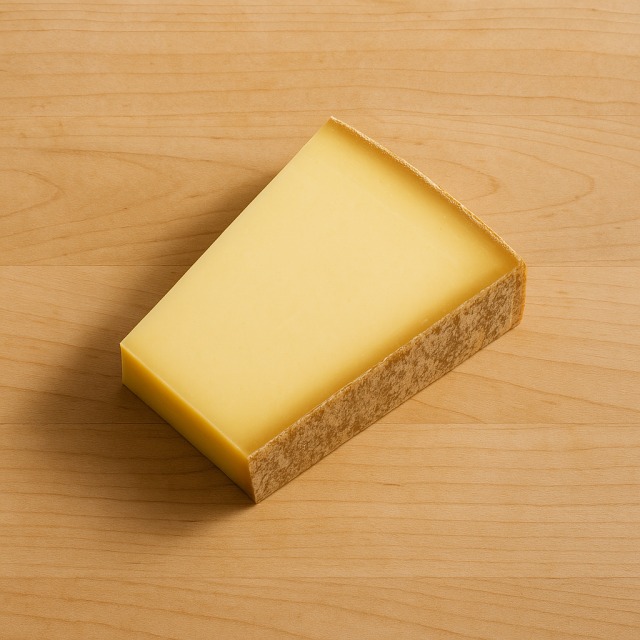
Comté - 100g
Calories 399 kcal
Proteins 30 g
Lipids 31 g
Carbohydrates 0 g
Comté is a high-calorie hard cheese (399 kcal/100 g), so anyone comparing cheeses by calories will quickly see that it sits at the top of the scale. Despite its significant calories, this cheese offers a dense package of nutrients.
It supplies around 850 mg of calcium per 100 g, supporting bone health, and good amounts of phosphorus, zinc, and vitamin B12. Its natural yellow tint comes from provitamin A (β-carotene), which is preserved thanks to the cows' pasture diet in the Jura mountains. The maturation of 4 to 24 months concentrates proteins while eliminating virtually all lactose, making it easier to digest for many adults. As with any product rich in calories, portion control is the key to enjoying these benefits without overshooting daily energy needs.
Historically, comté was created in the 12th century as a way to store milk through long winters; concentrating the milk inevitably concentrated calories too. A wheel can weigh more than 35 kg, locking in roughly 140,000 calories—enough to feed a medieval family for weeks. Knowing its history reminds us why the cheese is so nutrient-dense and why counting calories remains relevant today.
In short: high in calories, high in flavour, high in micronutrients—comté deserves a place in the diet, provided those calories are planned for.
Tips for incorporating comté into a balanced diet
Balance the calories of comté by pairing a 30 g slice (≈120 calories) with a large serving of raw broccoli florets or apple wedges instead of bread. The fibre and water volume help you feel full while keeping overall calories moderate.
For a quick lunch, melt a thin layer of comté over grilled chicken breast and serve with steamed carrot ribbons. You get extra proteins with only a modest rise in calories compared with a classic croque monsieur.
Fans of French alpine dishes often jump straight to raclette, but a lighter "mini-tartiflette" can be made by swapping half the usual potatoes for diced pumpkin; you still capture the nutty flavour of comté while trimming calories by nearly a third.
Finally, instead of a full cheese board after dinner, grate a tablespoon of comté—barely 20 calories—onto a bowl of hot vegetable soup. The aroma releases instantly, proving that pleasure is not always proportional to calories. Using these combinations lets athletes boost proteins and calcium with precision, and helps anyone watching calories stay on track.
Frequently Asked Questions
- How many calories are in comté?
- There are 399 kcal per 100 g.
- Is comté considered a high-calorie cheese?
- Yes, with nearly 400 kcal/100 g, comté is classed as high-calorie; plan portions carefully if you are reducing daily calories.
- Does comté provide good proteins despite the calories?
- Absolutely. It offers around 30 g of proteins per 100 g, so even a 30 g slice gives about 9 g of protein for roughly 120 calories.
- Is comté lactose-free?
- It is not completely lactose-free, but the long ageing removes most lactose, allowing many lactose-sensitive people to tolerate it without adding unwanted calories from lactose-free substitutes.
- Can I freeze comté to keep the calories "on hold"?
- Freezing is possible; wrap tightly to avoid drying. It will not change the calories, but it can help you use small amounts over time instead of eating larger portions at once.
Similar foods
Information provided by Calorie Menu may contain inaccuracies or errors. It cannot, under any circumstances, substitute medical advice or medication.
